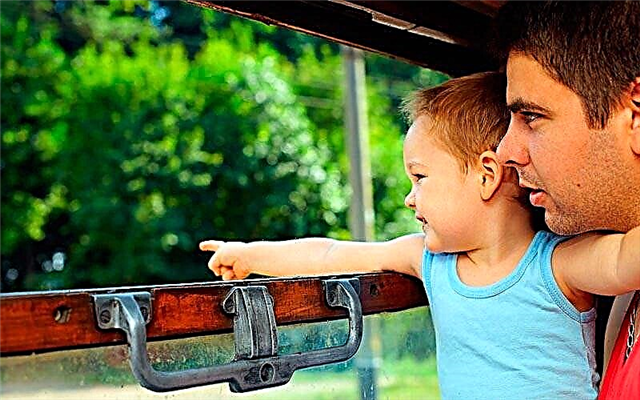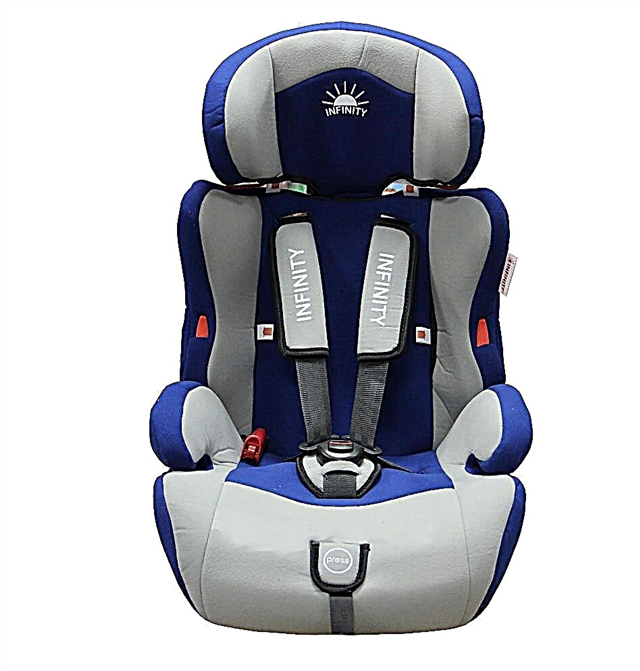
Neck pain, tension, limited mobility can make life very difficult. A person at different ages experiences uncertainty, lethargy, if he is deprived of the opportunity to freely turn his head, to look around. Neck pains sometimes appear suddenly, and at first glance, they are in no way associated with any disease. In this case, they talk about psychosomatic problems with the neck. Let's talk about them in more detail.
General information
The neck is a very important part of the body. Inside it is the trachea, esophagus, larynx, cervical spine with part of the spinal cord, the neck contains the thyroid gland, lymph nodes and numerous blood vessels. The neck provides mobility to the head, protects all the many important organs inside. Given the multifunctionality of the neck, its diseases can also be different.


All problems with the neck in medicine are conventionally divided into superficial and deep. Various rashes, abscesses can be classified as superficial: carbuncles, boils, papilloma. This includes inflammation of the lymph nodes located in this part of the body. Deep-seated problems include clamps, muscle tension, inflammation of muscle tissue (myositis), as well as problems with the vertebrae, nerve endings in the intervertebral space (osteochondrosis, trauma).
The most painful and difficult to heal are deep-seated problems, when the mobility of the neck is disturbed due to muscle disease, pinched nerve, or changes in the vertebrae. The symptoms of cervical problems are numerous, but the most common symptoms are a tense neck, swollen lymph nodes. It is very easy to visually distinguish a person with a sore neck from the crowd - his shoulders are unnaturally raised, he complains that his head and neck hurt, he turns his whole body to look to the right or left.
The causes of neck diseases can be different: viruses, bacteria, hypothermia and decreased immunity, trauma, salt deposition in the vertebrae, concomitant diseases. Psychosomatic causes of pain are not excluded.

When is the disease psychosomatic?
If you experience neck pain, you should definitely visit a doctor (therapist - for adults or pediatrician - for children). It is important to try to establish the true cause and an accurate diagnosis. However, sometimes the examination does not show a compelling reason for pain, muscle tightness, or sudden inflammation of the lymph nodes. Then the doctors say that the reason has not been established, and therefore with a high probability it can be precisely psychogenic (caused by certain stresses, experiences, psychological and mental state).
Psychosomatic neck pain is also talked about when they occur often without the presence of an established disease. Psychosomatic pains do not respond well to conventional traditional medicines and physiotherapy.
Often people who regularly encounter such pains argue that the pain syndrome is directly related to some specific events: it starts to hurt after a quarrel with family members, before an exam or an important event.
The development of psychosomatic neck pain is caused by impaired blood circulation in one or another part of it. Blood flow is disrupted after prolonged stress disrupts the nervous system and the muscles are stressed for too long. The doctor may advise you to visit a psychotherapist or psychologist to try to establish the true cause of the feelings of an adult or a child, which leads to excessive tension in the neck.

Psychosomatic causes
At the physiological level, the neck connects the head and body, and at the level of the psychology of disease, it is the place where the spiritual and the material unite. When the neck hurts for no apparent medical reason, psychosomatic specialists believe that a person has a serious internal conflict between his desires and common sense. The neck does not hurt those who are used to doing either what the heart tells him, or what logic and rational thinking suggests. That is, a person does not put himself before a choice, and therefore successfully avoids clamping, pain, inflammation.
The neck itself is a symbol of flexibility in thinking and behavior. If flexibility is lost at the physical level (there is no way to look around, it is not possible to look around, up or down), then for an experienced psychotherapist this is a signal that you have no inner mobility.
Long years of observation of patients with chronic idiopathic neck pain have shown psychoanalysts that stubborn people are most often subject to neck problems. Not just persistent, but pathologically stubborn, it is not possible to persuade them, force them to look at events or people from a different point of view, from a different angle.

They feel inner tension, anxiety because of the understanding of the need to look around, assess the situation, but the principles do not allow them to do this. An internal conflict arises, which leads to the fact that the neck does not turn, there is a spasm, a clamp.
Psychosomatic neck pains (frequent attacks of myositis) suffer from those who are afraid to look back and see what is behind their backs (people who are afraid that they will be judged behind their backs, are afraid of public opinion, censure, disapproval). They usually prefer to stay part of the crowd, do everything like everyone else, not stand out. If a situation arises in which it is impossible to get lost in the crowd, there is a sharp pain in the neck, which limits its turns and thereby protects a person from the need to look back and see reality.
The left side of the neck symbolizes privacy. If the pain is on the left, you should look for the cause in the family, relationships with loved ones, friends, within yourself. The right side is a symbol of the social side of a person's life. Pain and clamping on the right is a signal of internal conflict due to worries about work, study, career, self-expression in a profession or other activity, in communication with the world and the people inhabiting it.

Cervical osteochondrosis
Dysfunction of the cervical vertebrae and discs between them can affect people of different ages, but is more common in adolescents and adults. At the psychosomatic level, the disruption of the vertebrae is affected by prolonged stress, in which the muscles that hold the spinal column in its cervical region in an upright position are tense.
Most often, the psychosomatic component of this disease is formulated as a lack of support in life, a feeling of one's own helplessness. A person does not see a solid core in himself, does not understand that he has enough strength to cope with any problem. He is afraid of the future, the unknown, afraid of being judged by others, so sooner or later it becomes unbearably painful for him to turn his head, lower it or raise it. The body itself creates obstacles for a more detailed view of the surrounding world. Many researchers associate distrust of the world with a lack of support from the father.
Cervical osteochondrosis often affects children and adults who are forced to be subordinate, which presses on them. Their personal desires, aspirations, goals are of no value, they are forced to do what is imposed on them from the outside. Also, the diagnosis is often made for people who lack support from loved ones. Internal irritation and even anger about this become the causes of pathological muscle tension.
Adults and children who cannot get rid of the difficult memories of the past for a long time, forced to wear them literally "on their own neck", are more likely to develop deformities of the cervical vertebrae. The risk group also includes those who are used to "hiding their heads in the sand" - in every unpleasant situation, when a quick and accurate solution is needed, they prefer to hide from the problem, get away from it, pulling their head into their shoulders.

Inflammation and enlargement of the lymph nodes
Inflammation of the lymph nodes is more common in children than in adults and is often attributed to the immaturity of the immune system in childhood. But there are other reasons as well.
The metaphysical function of the lymph nodes is to cleanse the body, protect it. If inside a person has accumulated too many "dirty" thoughts, difficult experiences of the past, grievances, unspoken negative emotions, lymph nodes increase. On the neck, this happens when resentments and experiences are associated with a feeling of defenselessness, with a lack of support, with an unwillingness to see reality as it is.
Children who cannot express in words that it is difficult for them to live in an atmosphere of parental conflicts and quarrels, the painful silence of the family "cold war", children who are ridiculed by their peers, and therefore are afraid of this, more often than others suffer from lymphadenitis.
Children who are brought up harshly, authoritarianly, forbidding to speak and do what does not fit into the ideas of their parents about the norm, with lymph nodes "signal" that they can no longer squeeze feelings inside themselves, they need to speak out, express themselves.

Other problems
The appearance of a boil or carbuncle on the neck indicates that a person has accumulated a huge amount of anger, which is now looking for a way out in the form of pus. Muscle clamping and inflammation (myositis) signal that the time has come to put in order your desires and capabilities, boldly face the truth. Myositis in children is often associated with a feeling of hopelessness, a dead end. This often happens in families where parents have different requirements for the baby. He is afraid that his actions will not please mom or dad, both at once, he feels guilty that in any case he will not be able to do well for everyone.
Treatment
Treatment of neck problems, in addition to traditional local pain relievers and anti-inflammatories, therapeutic exercises and physical therapy, should include identification of the psychogenic factor. If this is not done, the treatment will not give a visible positive effect, and the problem will return again.
It is recommended to look at the world more positively, to get rid of dependence on public opinion, to do more often what the heart and feelings require.




